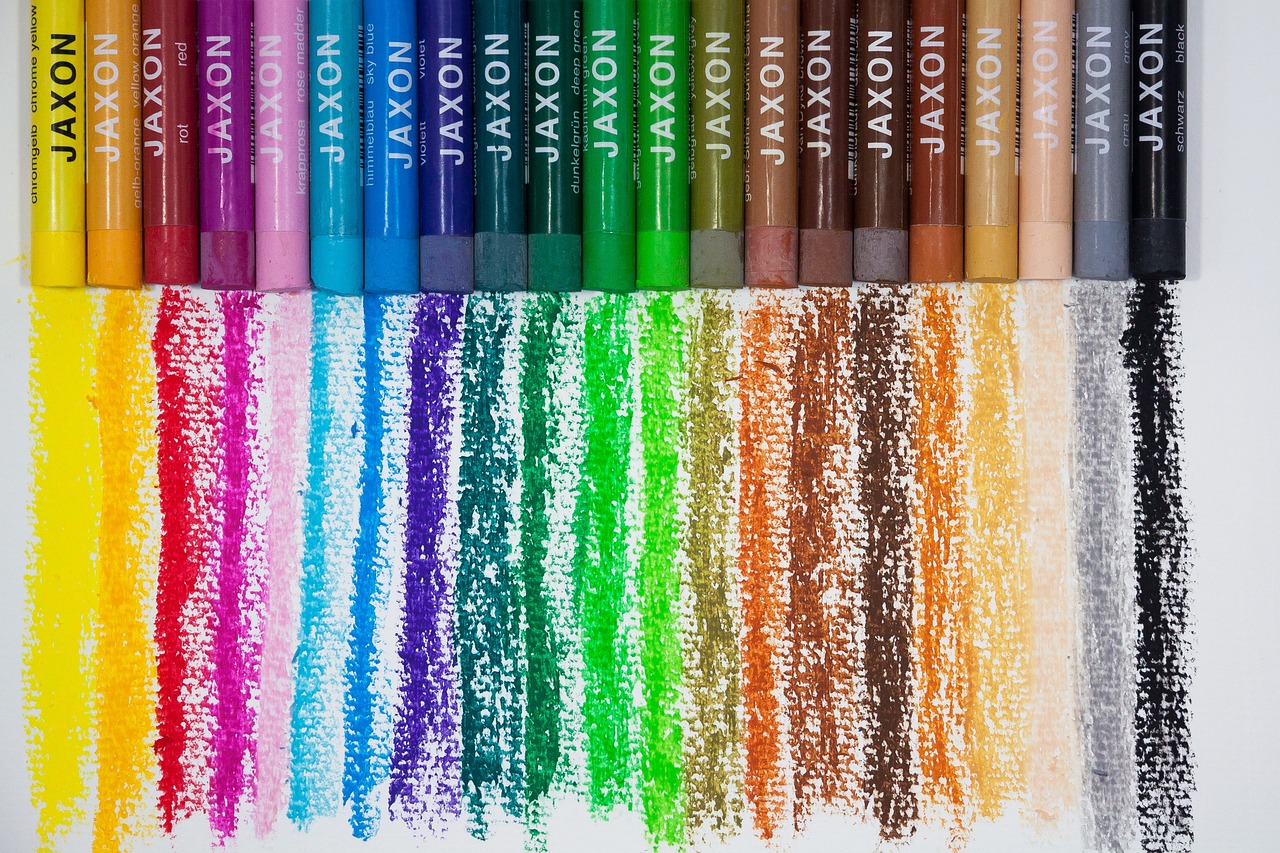Color is a powerful tool in graphic design, capable of influencing emotions, shaping perceptions, and even driving consumer behavior. Whether you’re designing a website, creating a logo, or developing marketing materials, understanding the meanings and psychological effects of colors is crucial. This guide will explore the significance of various colors, how color in design are perceived globally, and how you can use them effectively in your designs.

what color represents honesty
Color in design is more than just a visual element; it’s a form of communication. The colors you choose for a design can evoke specific feelings, convey messages, and help create a brand’s identity. For instance, a brand that wants to communicate trust and reliability might use blue in its logo, while one that wants to evoke excitement might choose red. Understanding the psychology behind color choices can help you create more effective and engaging designs.
Color psychology definition
Color psychology is the study of how color in design affect human behavior and emotions. Different colors can evoke different responses, which can vary based on culture, context, and personal experience. However, certain general associations are widely recognized
Colours that represent emotions
- Red: Passion, Energy, and Urgency
- Emotional Impact: Red is a powerful color associated with passion, love, and energy. It’s often used to grab attention and create a sense of urgency, which is why it’s commonly seen in clearance sales and urgent notices.
- Cultural Variations: In Western cultures, red often symbolizes love and danger. In China, it represents luck and prosperity, while in India, it’s a color of purity and marriage.
- Blue: Trust, Calm, and Professionalism
- Emotional Impact: Blue is associated with calmness, stability, and trust. It’s a popular choice for corporate designs because it conveys professionalism and reliability. Blue is also commonly used in healthcare settings to create a sense of calm.
- Cultural Variations: In many cultures, blue represents tranquility and harmony. In the West, it’s often linked with trust and security, which is why many banks and financial institutions use blue in their branding.
- Yellow: Happiness, Optimism, and Warmth
- Emotional Impact: Yellow is the color of sunshine and is often associated with happiness, optimism, and warmth. It can also evoke feelings of caution, which is why it’s used in warning signs and traffic signals.
- Cultural Variations: In Japan, yellow is the color of courage. In Egypt, it represents mourning, while in many Western cultures, it’s seen as a cheerful and uplifting color.
- Green: Nature, Growth, and Health
- Emotional Impact: Green is the color of nature and is associated with growth, health, and tranquility. It’s often used by brands that want to emphasize their connection to the environment or promote health and wellness products.
- Cultural Variations: Green is considered a lucky color in many cultures, particularly in Ireland where it’s associated with St. Patrick’s Day. In the Middle East, green is a sacred color in Islam.
- Orange: Enthusiasm, Creativity, and Confidence
- Emotional Impact: Orange combines the energy of red with the happiness of yellow, making it a vibrant and enthusiastic color. It’s often used to convey creativity, adventure, and confidence.
- Cultural Variations: Orange is a prominent color in Hinduism and Buddhism, symbolizing sacredness and spirituality. In Western cultures, it’s often associated with autumn and harvest.
- Purple: Luxury, Spirituality, and Mystery
- Emotional Impact: Purple is often associated with luxury, royalty, and spirituality. It can also evoke feelings of mystery and creativity. Because of its associations with wealth and opulence, it’s frequently used in high-end branding.
- Cultural Variations: In many cultures, purple is linked with nobility and spirituality. In Thailand, purple is the color of mourning for widows.
- Black: Power, Elegance, and Sophistication
- Emotional Impact: Black is a color of power, elegance, and sophistication. It’s often used in luxury branding and to convey a sense of mystery or formality. However, it can also be associated with death and mourning.
- Cultural Variations: In Western cultures, black is commonly associated with mourning and funerals. In contrast, in some Eastern cultures, white is the color of mourning, and black is considered a color of power and authority.
- White: Purity, Simplicity, and Innocence
- Emotional Impact: White represents purity, simplicity, and innocence. It’s often used in minimalist designs and is a common choice for healthcare and technology brands that want to convey cleanliness and modernity.
- Cultural Variations: In Western cultures, white is often associated with weddings and purity. However, in some Eastern cultures, white is the color of mourning and funerals.
- Pink: Compassion, Love, and Playfulness
- Emotional Impact: Pink is often associated with femininity, love, and compassion. It’s a playful and nurturing color, frequently used in products and designs targeting women and children.
- Cultural Variations: In Japan, pink is associated with spring and the cherry blossom, symbolizing youth and new beginnings. In Western cultures, it’s often linked to romance and softness.
- Brown: Stability, Reliability, and Warmth
- Emotional Impact: Brown is a grounding color, associated with stability, reliability, and warmth. It’s often used in designs related to nature, agriculture, and comfort.
- Cultural Variations: Brown is generally seen as a warm, nurturing color. It’s associated with the earth and nature in many cultures, symbolizing a return to simplicity and comfort.
How to Use Color in Design Effectively
Now that you understand the meanings and psychological effects of different colors, it’s time to apply this knowledge to your design projects. Here are some tips for using color effectively:
- Understand Your Audience: Consider the cultural background, preferences, and expectations of your target audience when choosing colors. For example, if you’re designing for a global audience, be mindful of how color meanings can vary across cultures.
- Define Your Brand’s Personality: Your brand’s identity should influence your color choices. Are you trying to convey professionalism, creativity, or trust? Choose colors that align with these attributes.
- Create Contrast and Balance: Use contrasting colors to highlight important elements and ensure your design is visually balanced. For instance, pairing a bold color with a neutral one can create a striking yet harmonious look.
- Test and Iterate: Color perception can be subjective, so it’s important to test your designs with your target audience. Gather feedback and be willing to make adjustments to ensure your colors are effectively conveying the desired message.
- Consider Accessibility: Make sure your color choices are accessible to all users, including those with color blindness. Use tools like color contrast checkers to ensure your designs meet accessibility standards.
Conclusion
Color is a fundamental aspect of graphic design, with the power to influence emotions, communicate messages, and shape perceptions. By understanding the meanings and psychological effects of colors, you can make informed decisions that enhance the impact of your designs. Whether you’re working on branding, web design, or marketing materials, the strategic use of color in design can help you create more effective and engaging visual

